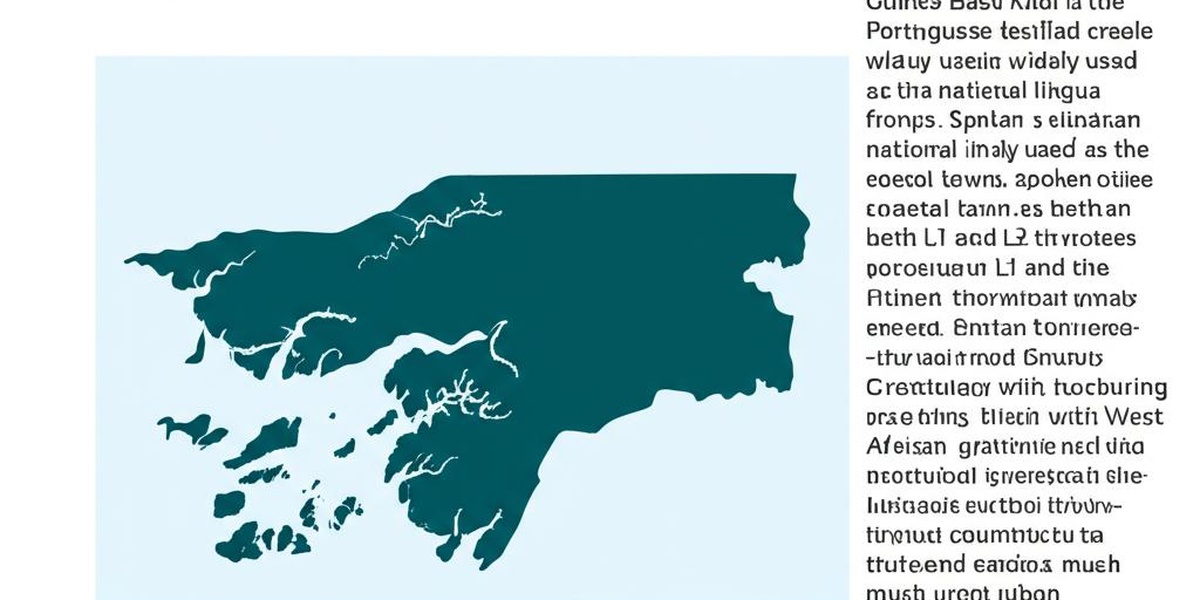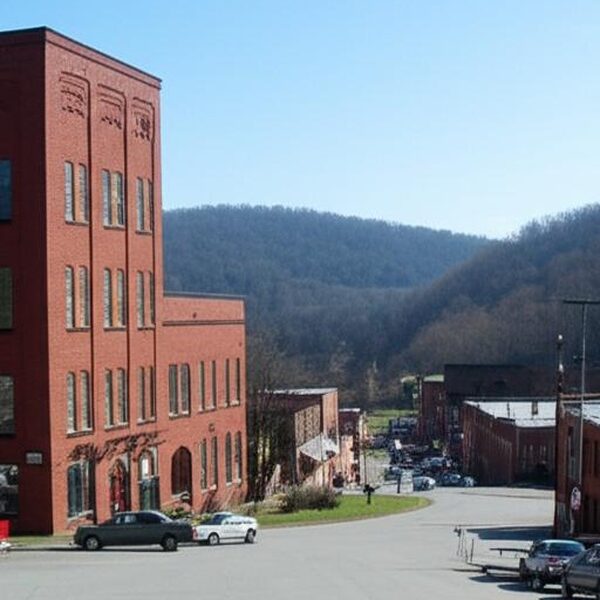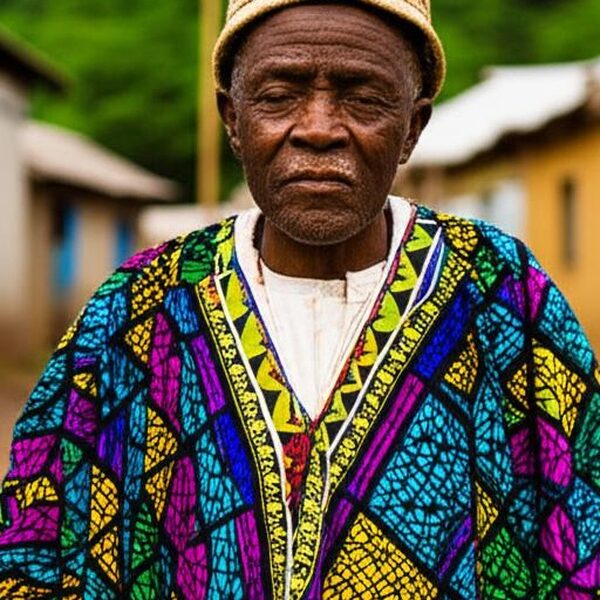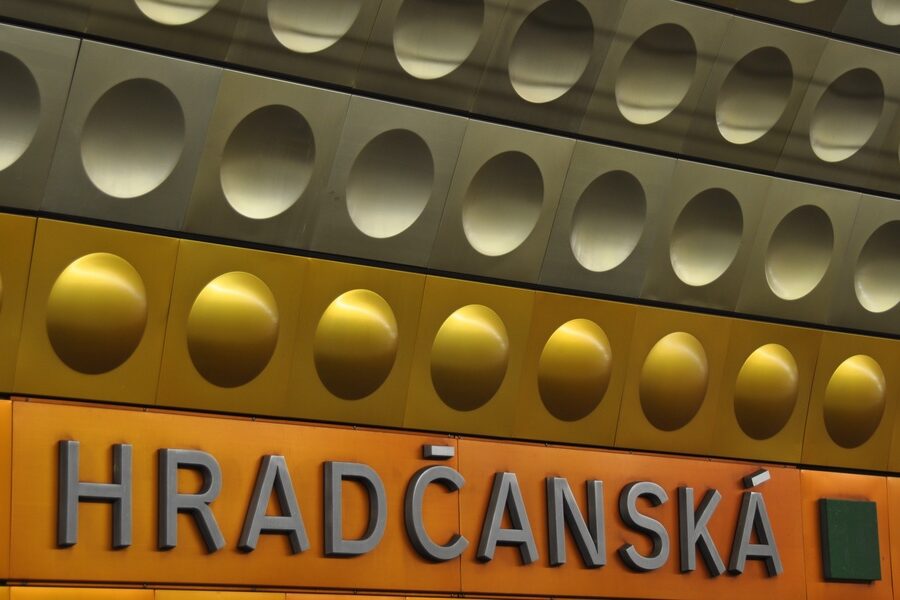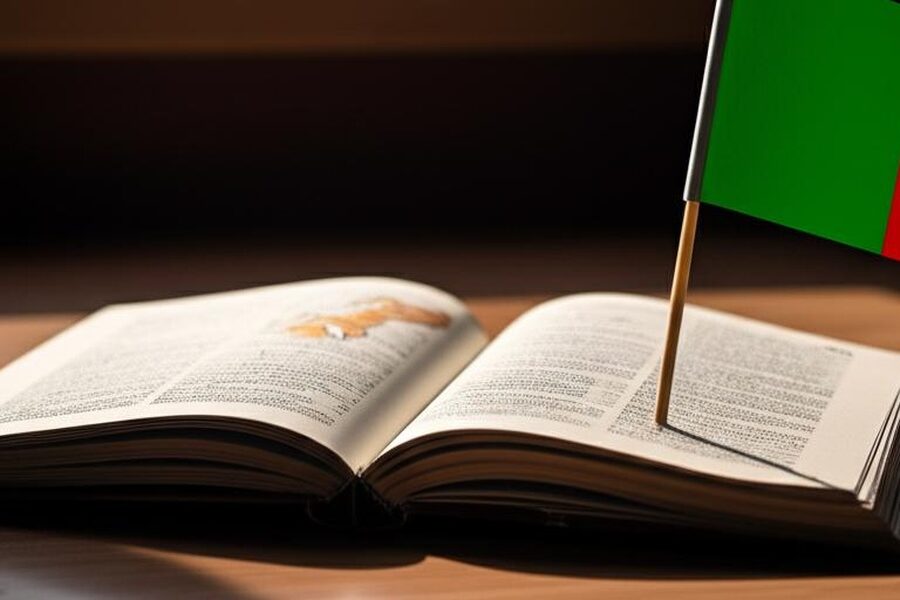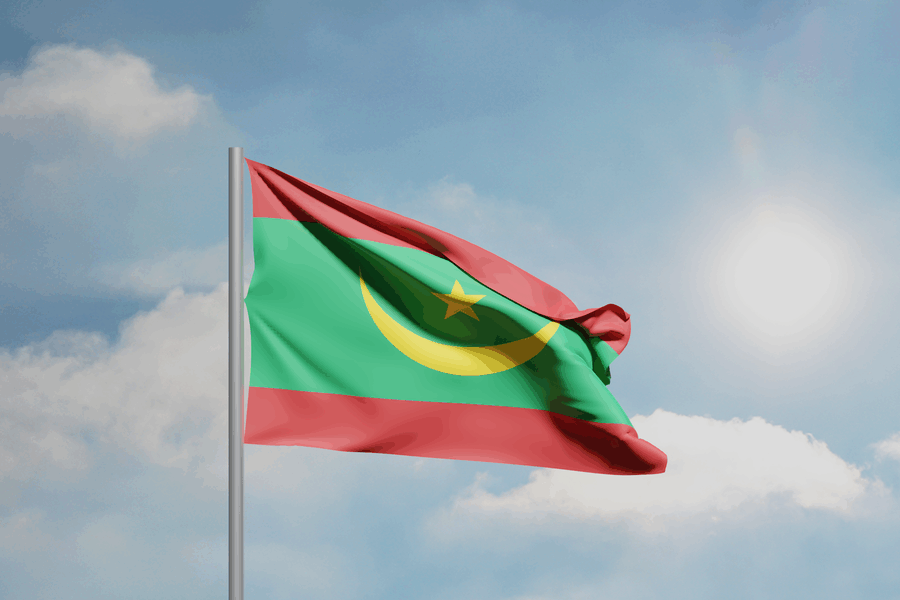Guinea-Bissau’s languages reflect a mix of coastal trade, inland communities, and cross-border ties with neighboring countries; many varieties are used in daily life, markets, and family settings rather than in formal institutions. That local focus means you’ll encounter small but distinct speech forms across regions.
There are 16 Dialects in Guinea-Bissau, ranging from Bainouk to Susu. For each entry you’ll find below the basic details organized as Language family,Region,Speakers (est) so you can quickly compare where each variety is spoken and its estimated community size — you’ll find below.
How widely are these dialects spoken across Guinea-Bissau?
Most dialects are regionally concentrated: some are dominant in specific provinces or islands, others are spoken by small, often rural communities. Multilingualism is common, so people may use a local dialect at home, a regional language in town, and Guinea-Bissau Creole or Portuguese for wider communication.
How reliable are the “Speakers (est)” numbers in the list?
Estimates come from surveys, academic work, and older censuses, so they vary in precision; migration, bilingualism, and lack of recent national surveys mean figures should be treated as approximations. Use the “Speakers (est)” column as a rough guide and check source notes for dates and methods when accuracy matters.
Dialects in Guinea-Bissau
| Name | Language family | Region | Speakers (est) |
|---|---|---|---|
| Kriol | Portuguese-based Creole | Nationwide,Bissau,coastal | 500,000 |
| Balanta | Niger–Congo (Atlantic) | Cacheu,Quinara,Tombali,Bolama | 300,000 |
| Balanta-Kentohe | Niger–Congo (Atlantic) | Cacheu region | 150,000 |
| Balanta-Ganja | Niger–Congo (Atlantic) | Quinara,Tombali | 100,000 |
| Fula (Pular) | Niger–Congo (Atlantic) | Bafatá,Gabú,Oio regions | 180,000 |
| Mandinka | Niger–Congo (Mande) | Bafatá,Gabú,eastern regions | 170,000 |
| Manjaco (Manjak) | Niger–Congo (Atlantic) | Biombo,Cacheu,Bissau environs | 120,000 |
| Papel (Pepel) | Niger–Congo (Atlantic) | Biombo,Bissau,Caió | 140,000 |
| Mankanya | Niger–Congo (Atlantic) | Tombali,southern Quinara | 40,000 |
| Biafada | Niger–Congo (Atlantic) | Quinara,western inland areas | 60,000 |
| Bijagó | Niger–Congo (Atlantic) | Bijagós Archipelago | 35,000 |
| Bijagó-Bubaque | Niger–Congo (Atlantic) | Bubaque island | 10,000 |
| Bijagó-Canhabaque | Niger–Congo (Atlantic) | Canhabaque (Roxa) island | 8,000 |
| Nalu (Nalú) | Niger–Congo (Atlantic) | Tombali coast,southern coast | 30,000 |
| Bainouk | Niger–Congo (Atlantic) | SW border areas,Casamance fringe | 15,000 |
| Susu | Mande (uncertain) | Border migrant communities,north coast | 10,000 |
Images and Descriptions
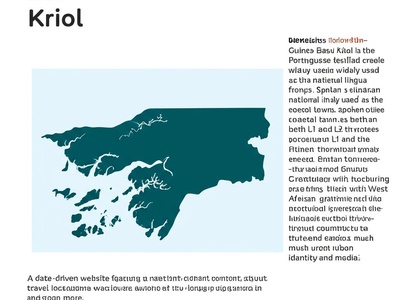
Kriol
Guinea-Bissau Kriol is the Portuguese-lexified creole widely used as the national lingua franca. Spoken in cities and coastal towns as both L1 and L2, it mixes Portuguese vocabulary with West African grammar and anchors much urban identity and media.
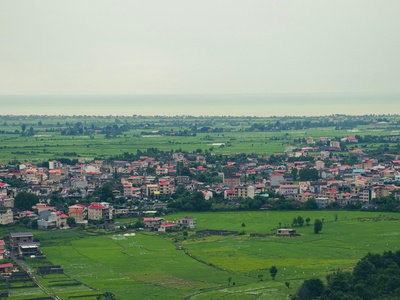
Balanta
Balanta is a major local language cluster with strong cultural presence in western Guinea-Bissau. Speakers practise distinct social systems and speak several varieties; the language shows complex tone and consonant systems and remains vital in rural communities.
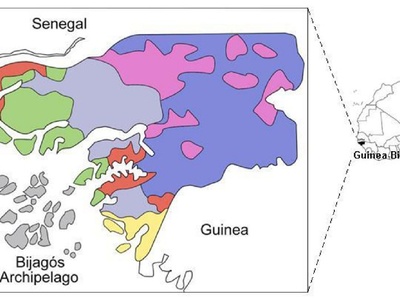
Balanta-Kentohe
Kentohe is the prominent Balanta dialect around Cacheu and nearby areas. It features specific phonetic traits and vocabulary differences from other Balanta varieties, remains actively used in daily life, and carries strong local oral traditions.
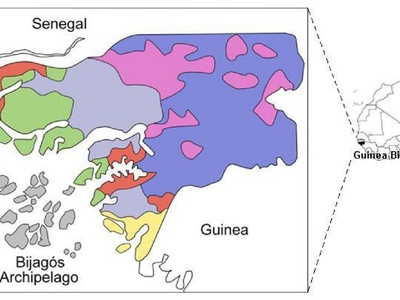
Balanta-Ganja
Ganja is another Balanta variety spoken in southern and central Balanta areas. Noted for lexical and grammatical differences from Kentohe, it remains an important marker of regional identity and is widely used in agriculture and ritual contexts.
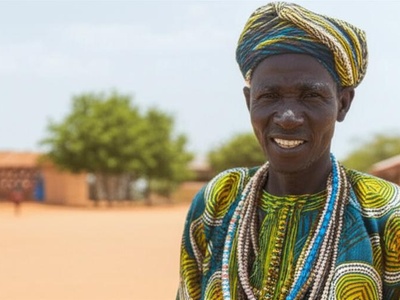
Fula (Pular)
Fula (Pular) in Guinea-Bissau is the local Fulfulde variety used by Fulbe communities across eastern and central districts. It serves both intra-community use and long-distance commerce, with dialectal links to neighbouring Fula varieties in West Africa.
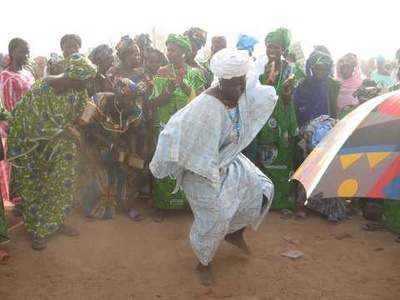
Mandinka
Mandinka (Mandingo) in Guinea-Bissau is part of the larger Mandé family, spoken chiefly in eastern districts. The local variety is used in trade, oral history and music, showing close ties with Mandinka across Mali and Senegal.
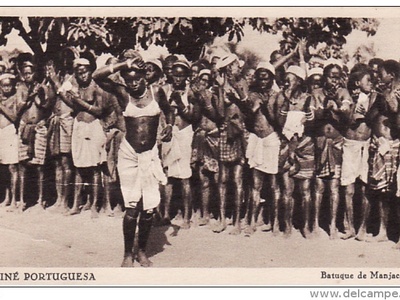
Manjaco (Manjak)
Manjaco (Manjak) is spoken around Bissau and northern coastal areas; it has several local sub-varieties and remains a key rural language. It features notable noun-class patterns and robust intergenerational transmission in many communities.
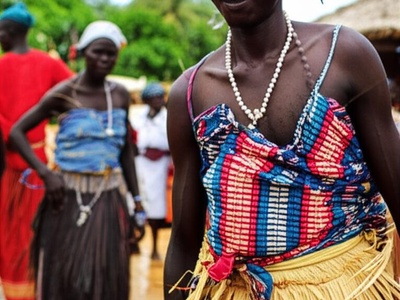
Papel (Pepel)
Papel (Pepel) is concentrated near Bissau and on adjacent coasts. The variety has distinctive phonology and local vocabulary, retains strong community use, and is important for cultural ceremonies and island–mainland trade networks.
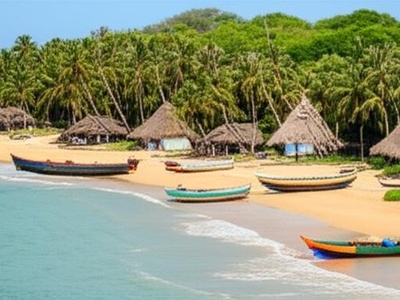
Mankanya
Mankanya is a smaller coastal variety spoken near the southern border with Senegal’s Casamance region. It shows influences from neighbouring languages yet retains unique lexical items; vitality is moderate with active home use in many villages.

Biafada
Biafada is spoken in parts of Quinara and nearby inland zones. The variety has distinct vowel and consonant patterns, is important locally for oral poetry and markets, and maintains intergenerational transmission in many communities.
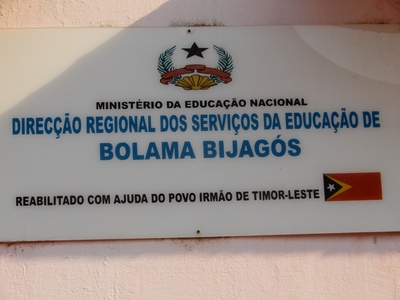
Bijagó
Bijagó refers to the languages of the Bijagós islands, each island having its own variety. These speak to island identities, preserve unique vocabulary and oral traditions, and remain vigorous within island communities despite coastal migration pressures.
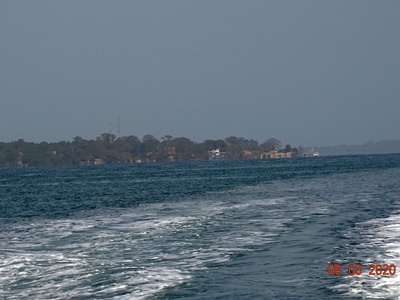
Bijagó-Bubaque
The Bubaque variety of Bijagó is used on Bubaque island and nearby islets. It is noted for island-specific vocabulary, maritime lexicon, and strong cultural practices; community use remains high among island residents and elders.
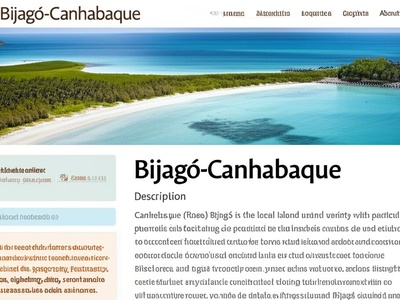
Bijagó-Canhabaque
Canhabaque (Roxa) Bijagó is the local island variety with particular phonetic and lexical traits. The dialect anchors island identity and oral traditions; younger speakers sometimes mix it with Kriol through schooling and trade contacts.
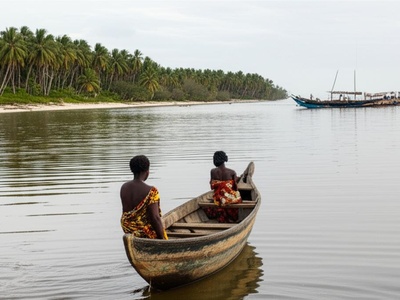
Nalu (Nalú)
Nalú is a small coastal variety in southern Guinea-Bissau with connections to neighbouring Guinean communities. It preserves distinct grammatical features and coastal vocabulary; community use is resilient but faces pressure from larger regional languages.
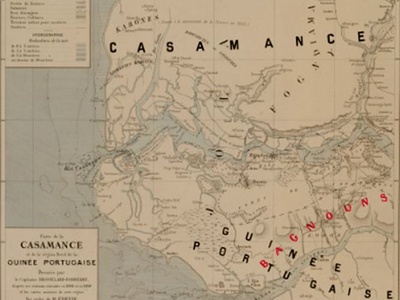
Bainouk
Bainouk varieties are spoken near the Senegal–Guinea-Bissau border and in southwestern districts. Small speaker numbers and cross-border distribution give them local importance; some dialectal names and boundaries are fluid across the frontier.
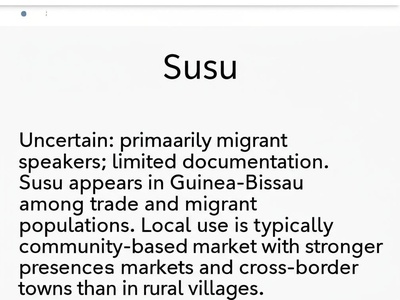
Susu
Uncertain: primarily migrant speakers; limited documentation. Susu appears in Guinea-Bissau among trade and migrant populations. Local use is typically community-based, with stronger presence in markets and cross-border towns than in rural villages.

